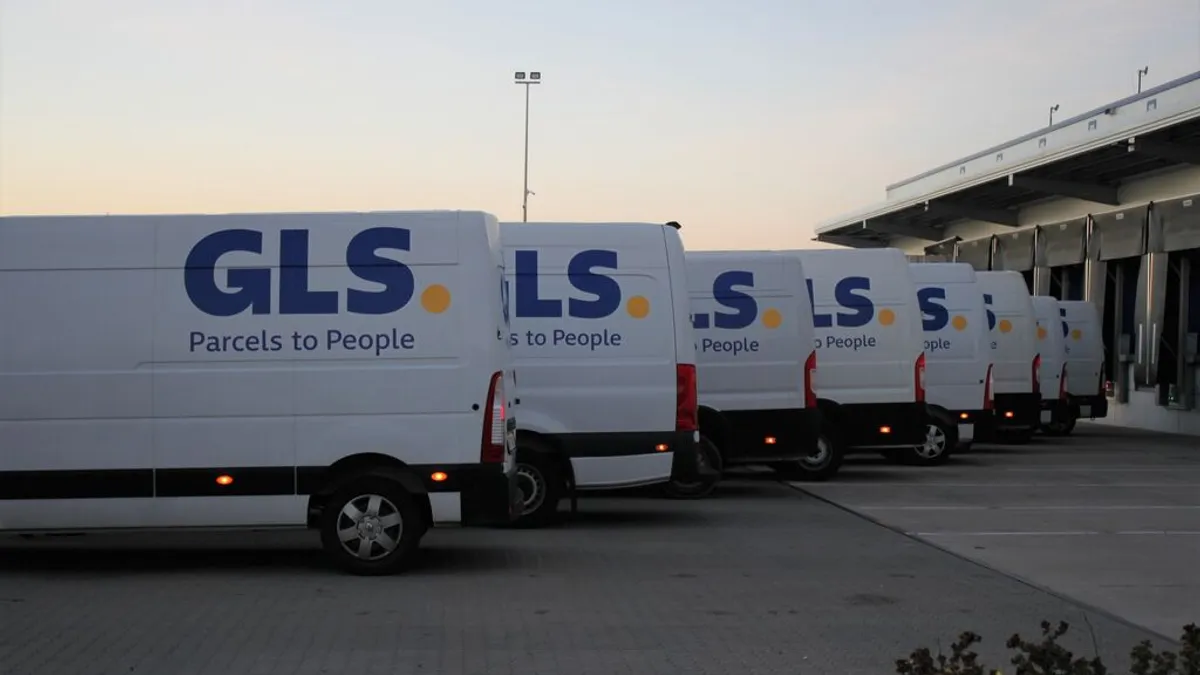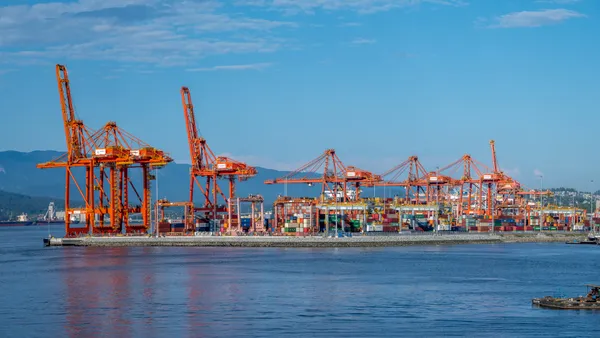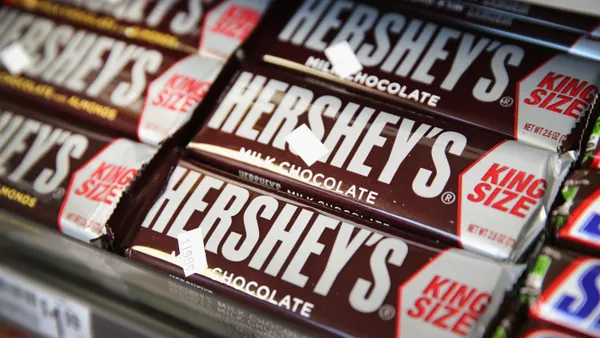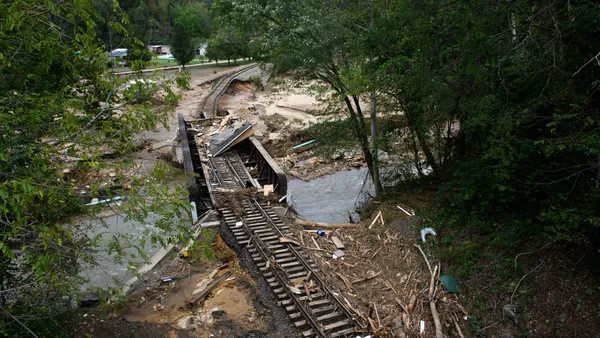Dive Brief:
- Clorox is leaning on more on third-party manufacturers and suppliers as it looks to keep up with high demand for its products, CFO Kevin Jacobsen said during the company's Q3 earnings call.
- The company is now using contract manufacturers for about 50% of shipments, up from 20% historically. Though it was costly, Jacobsen said the move allowed Clorox to avoid the impacts of some raw material shortages.
- Clorox doesn't plan to rely on these additional suppliers and manufacturers long term, especially as the company looks to find cost savings. Once demand moderates, the company will take back more control over its manufacturing and "step out of these relationships," Jacobsen said.
Dive Insight:
Clorox joins other companies including P&G in relying on alternate suppliers as a way to add resilience to its supply chain. The company made adding capacity a key priority after months of stock-outs. In addition to stepping up production on specific lines and facilities, Clorox increased the number of contract manufacturers and relied more on third-party raw and packaging materials suppliers.
The added suppliers has allowed Clorox to rebuild much of its inventory across portfolios, and the company is now in a "strong position on supply," according to CEO Linda Rendle.
A diversified supplier base also helped the company maintain resilience in the face of shortages. Clorox's largest resin supplier was offline for about two months after Hurricane Ida, but alternate suppliers allowed the company to keep product in stock.
"We had alternative suppliers qualified, and we did not miss a beat from a production perspective and we were able to keep shipping product to our customers in spite of our largest provider going offline for the better part of the quarter," Jacobsen said.
The company has taken other steps to add resilience to its supply chain, including spending more on warehousing as it keeps more inventory on hand. But those added resiliency measures are only temporary, as the higher costs have Clorox planning to pull back once demand stabilizes.
"We assume demand will moderate," Jacobsen said. "Keep in mind our demand was plus 20% during the pandemic, we think long term is 3% to 5% as that demand moderates will be able to start pulling costs out of our supply chain."
This story was first published in our Procurement Weekly newsletter. Sign up here.















